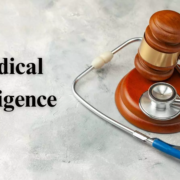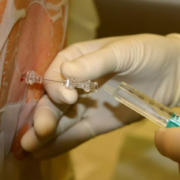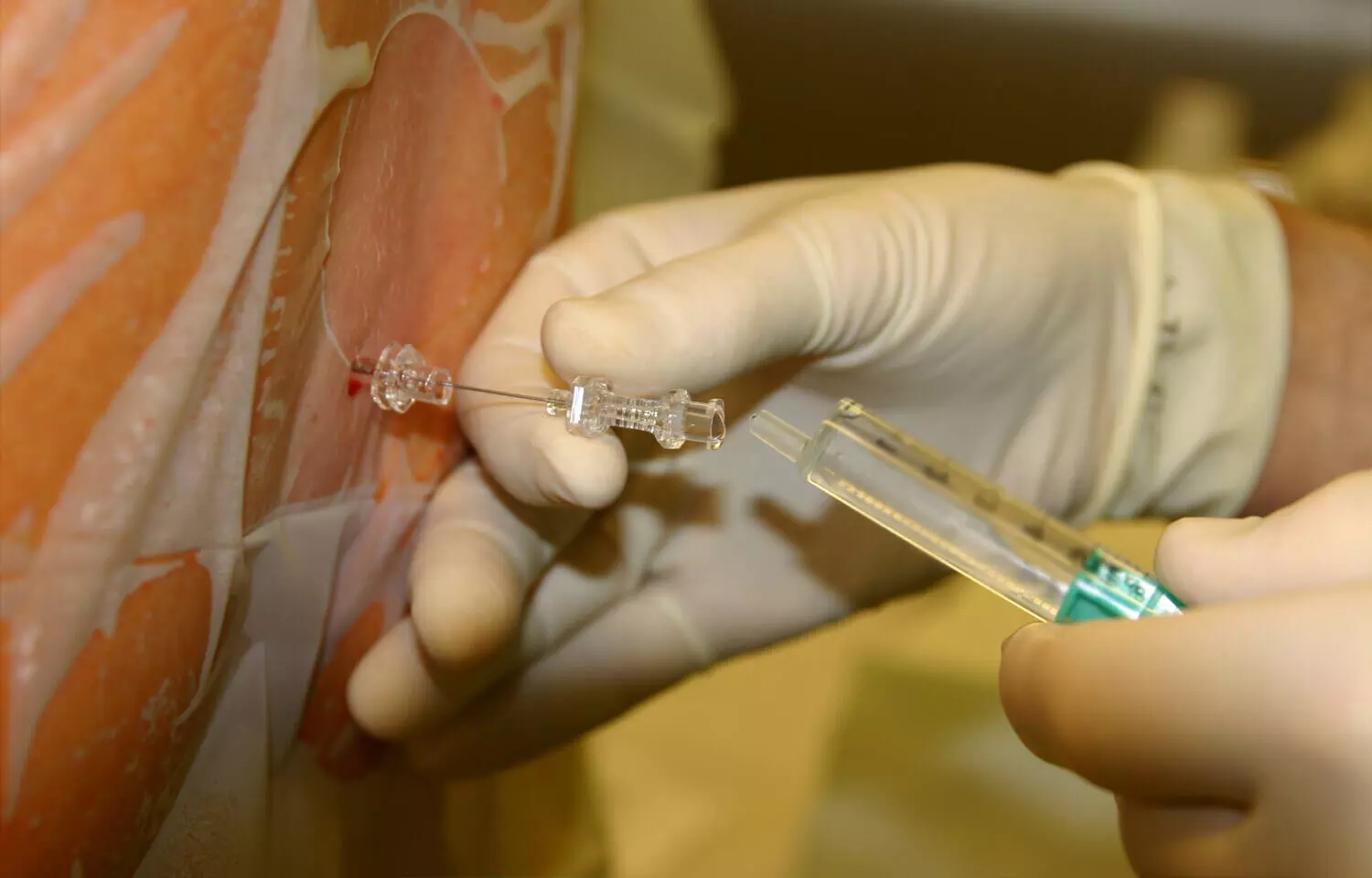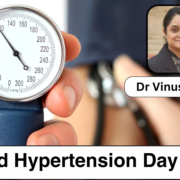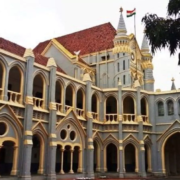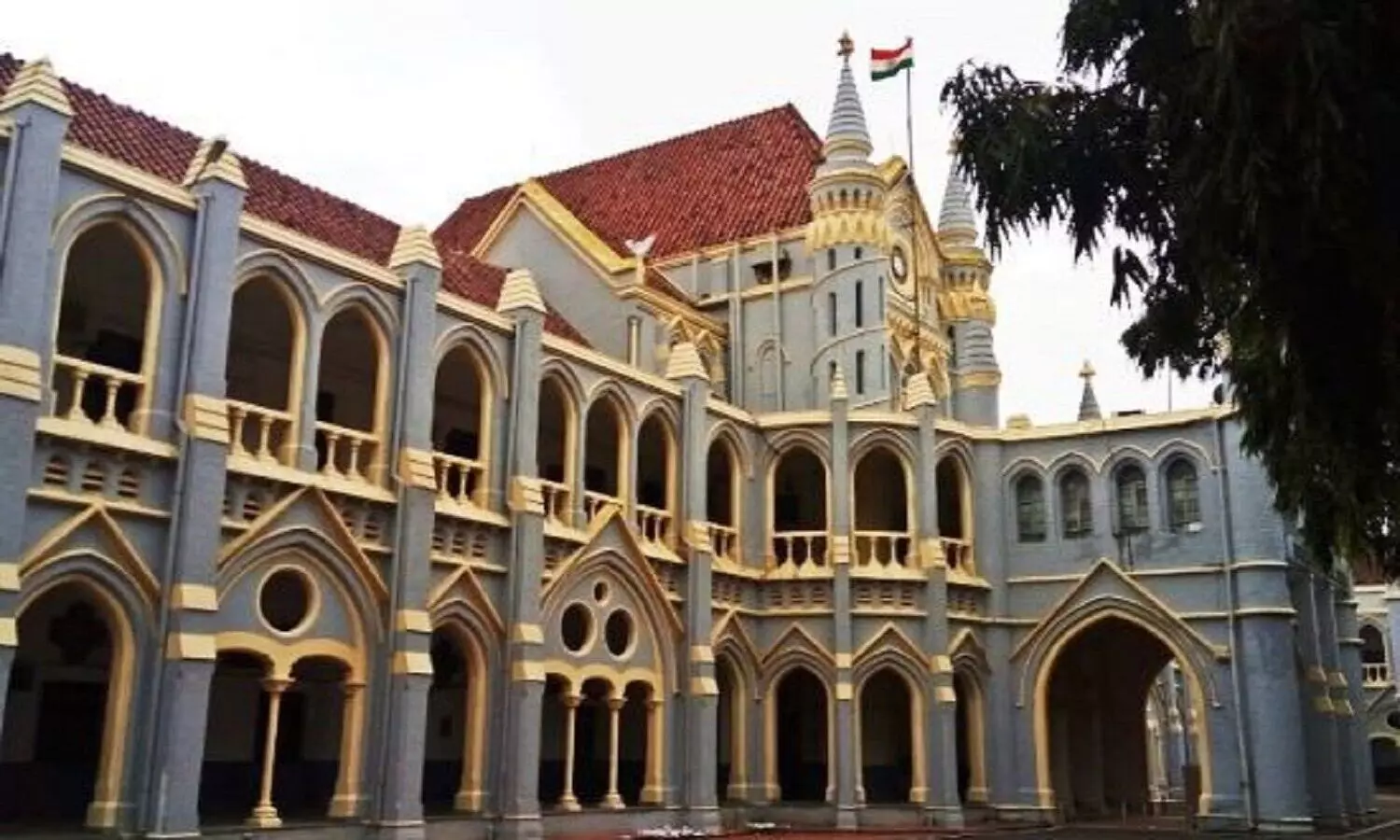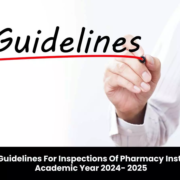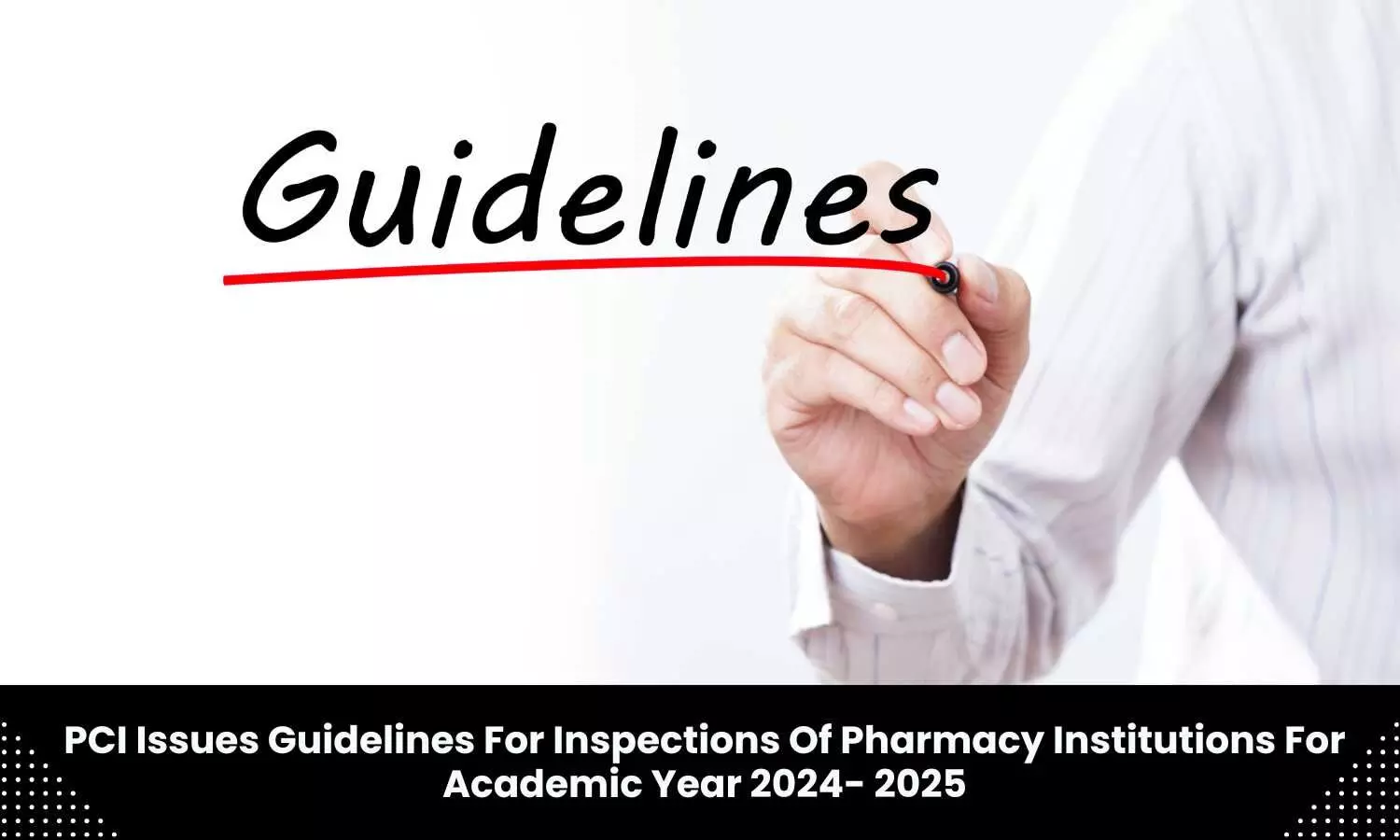Delay in treating patient with Obstructive Hydrocephalus: Consumer Court slaps compensation on Delhi Hospital, 2 Senior consultants for negligence
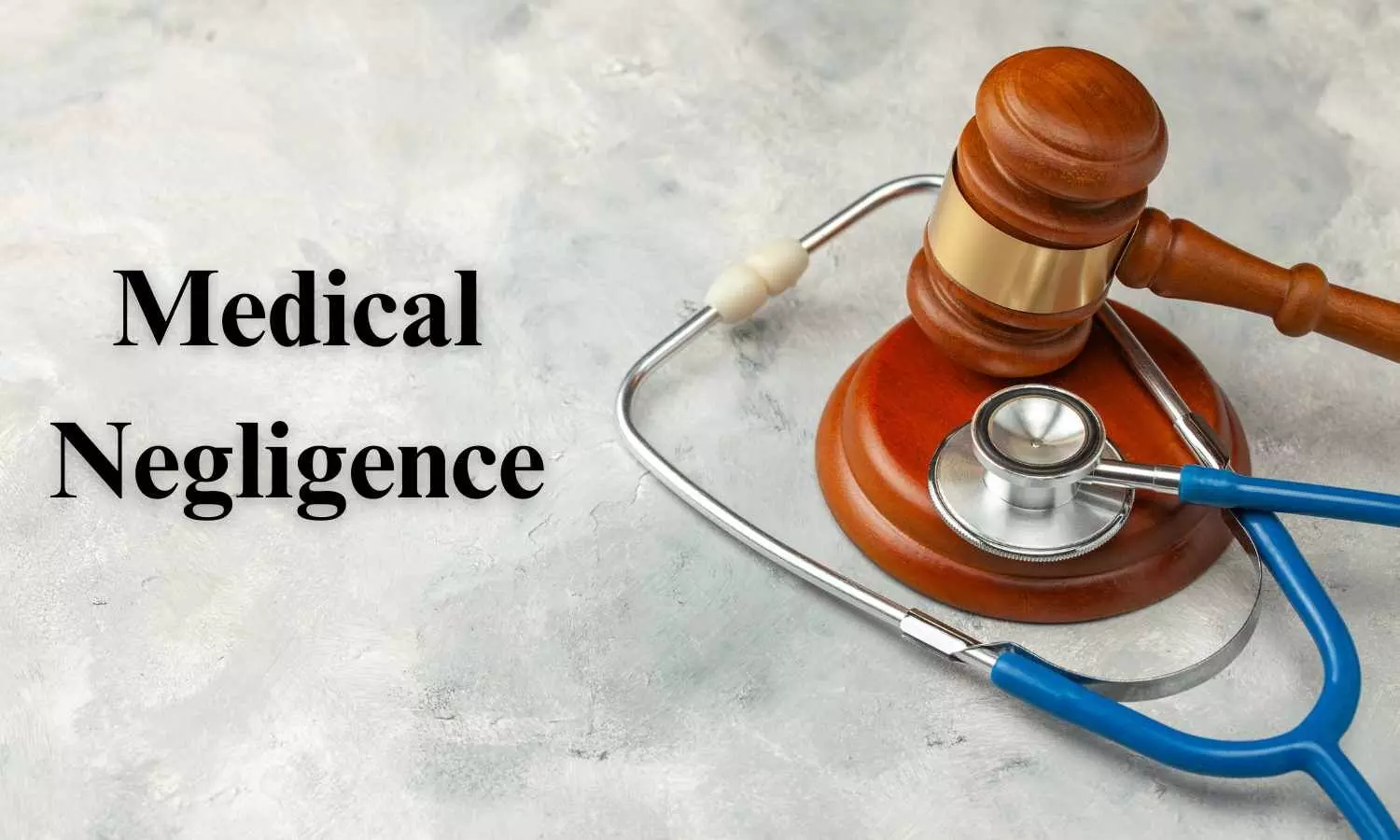
New Delhi: The State Consumer Disputes Redressal Commission Delhi recently directed a Delhi-based hospital and its two senior consultant doctors to pay Rs 5,25,000 as compensation to a man for negligence in treating his son suffering from Obstructive Hydrocephalus.
While considering the complaint, the consumer court noted that the doctors who treated the patient did not have expertise in the case and yet they delayed referring the patient to a neurosurgeon.
The history of the case goes back to 2009 when the patient (complainant’s son) was admitted to the treating hospital- Saroj Hospital and Heart Institute. Senior Consultants- Dr. Gupta and Dr Jha treated him for dehydration. The next day, the doctors noted that the patient was in a forward bent position with slurred speech and drowsiness. Accordingly, the doctors recommended a CT Scan and ECG, the reports of which indicated “Obstructive Hydrocephalus” and “Pressure effect over the left side, hydro density seen in the left cerebellum and the 4th ventricle.”
However, the doctors allegedly gave no specific treatment for the said condition. Subsequently, the patient succumbed to his ailments within 3 days of admission to the hospital. It was alleged that none of the doctors and the hospital explained the seriousness of this observation in the CT Scan report to the patient’s relatives and they did not take any appropriate measures for treatment/surgery.
It was further contended that the CT Scan report called for an immediate reference to Neurosurgeon so that excess fluid could be removed to reduce pressure on the brain. However, even when the patient became unconscious with frothy secretions from the mouth and was put on the ventilator, the treating doctors failed to refer to the CT Scan report and they continued with the treatment in a negligent manner without referring the matter to a Neurosurgeon.
Finally, when the patient was referred to the Neurologist Dr Bansal, the doctor was unavailable. Thereafter, the patient slipped into a coma. After a further delay of 4 hours, Dr. Bansal attended to the patient and referred him to Dr. Kansal, a Neurosurgeon, recommending surgery to ease the pressure in the patient’s head. Meanwhile, the patient’s condition worsened and he suffered a cardiac arrest and eventually passed away on 14.07.2009.
On the other hand, the hospital and its Medical Director filed their Statement and claimed that the patient was diagnosed and treated correctly at their hospital and the record of treatment, conditions, tests, etc reflected the same. Denying negligence, they submitted that the patient was given appropriate and speedy treatment but despite best efforts, tests, medicines, etc. he could not recover.
The treating doctors also denied the allegations of negligence or deficiency in service. They submitted that the patient’s attendants did not disclose the pass
history of the illness of the patient at the time of admission. It was submitted by the doctors that had the fact about occipital headache suffered by the patient been disclosed timely, the treatment approach would have been entirely different on the first day itself.
They also pointed out that the complainant also filed a complaint before the Delhi Medical Council, which dismissed the same in its Order dated 07.12.2010 with the observation that no case of medical negligence was made out against the treatment administered and there was no professional misconduct of the treating doctors.
Meanwhile, the neurologist Dr. Bansal submitted that the patient was never under his treatment. He further submitted that when the treating physicians requested him to give his opinion as a Specialist-Neurologist, he opined that a Neurosurgeon should be consulted. Referring to this, he argued that merely examining a patient or giving an expert opinion could never be called as negligence. He submitted that the patient was beyond the scope of his treatment as he was already nearly brain-dead. Apart from this, Dr. Bansal further informed the consumer court that he was a consultant Neurologist, not the treating doctor of the complainant’s son and he was not on duty on that particular day in the hospital.
The consumer court, while considering the matter, perused the case summary and the Indoor Patient Continuous Sheet, which mentioned that the patient’s condition was deteriorating and he was shifted to the ICU. It further mentioned that the patient was on ventilator and was not reacting to deep painful stimuli. The CT Scan report further mentioned that the patient was advised “Urgent Neurosurgery ref for possibility of EVD” (extra ventricular drain).
Referring to these records, the consumer court observed,
“The aforementioned facts clearly establish that time was the essence in the present case. The patient was already in a critical condition and required urgent surgical intervention in order to release the pressure due to fluid build-up in the brain. However, this urgency is not reflected in the manner the case of the patient is handled by the Opposite Parties.”
From the records, the Commission noted that the CT Scan was conducted at around 11:18 a.m. on 12.07.2009 and the final report mentioned a need for urgent surgery by a neurosurgeon.
“However, it is abysmally surprising to note that the patient was only attended by a neurologist-Opposite Party no.5 at 10 p.m. in the night i.e. after a delay of more than 8 hours. (Records of Doctors Visit & Investigations annexed at pg 735 of the Convenience Compilation). It is implausible as to why the Opposite Parties no.3 & 4, not being experts in the domain of neurosurgery, slept over the CT Scan report which clearly mentioned that the patient was in need of urgent surgery, when the CT Scan was conducted at around 11:18 a.m on the same day,” the Commission noted.
Perusing the ‘Records of Doctors Visit & Investigations’, the Commission observed that the neurosurgeon Dr. Kansal arrived at 12 p.m. midnight and decided not to operate upon the patient citing reasons that “the patient is in coma and surgery cannot be performed”.
At this outset, the Commission observed,
“The record divulges that the patient was in coma since 5:30 and such conduct on part of the Opposite Parties No.3 & 4 clearly indicates that either the neurosurgeon was never apprised about the critical condition of the patient, or to the contrary, even if it is assumed that the neurosurgeon was informed, the same was done after valuable time was lost and the patient had slipped into coma.”
“Admittedly, the Opposite Parties No.3 & 4 are not experts in the field of neurosurgery and neurology and hence, it is crucial to ascertain the role of the Opposite Parties no. 3 & 4 to carve out any negligence,” the Consumer Court further noted.
While considering the question of whether the treating physicians caused undue delay in seeing the expert opinion and whether such conduct amounts to medical negligence, the consumer court noted that as per the record, 12.07.2009 was an off day for Dr. Bansal and one neurophysician Dr. Sehgal was on call duty. However, the doctors did not call the neurologist on duty but called Dr. Bansal who was not available in the hospital.
The Consumer Court also noted that the treating physicians gave mutually contradictory statements regarding the time of calling the neurologist, who had allegedly informed one of the doctors that he had no role to play as opinion from a neurosurgeon was required.
“In our thoughtful opinion, it is implausible as to why the Opposite Parties No.3 & 4 wasted crucial time and kept on waiting for the Opposite Party No.5-neurologist who was not on duty and instead, did not consult the Neurophysician readily available, being on duty in the hospital,” noted the consumer court.
While considering the question whether the neurologist had any role to play in the matter, the Commission noted that as per the record, he was not on duty on that particular day.
“Therefore, it is clear that the Opposite Party No.5 did not owe a duty to care towards the patient in the first place, not being on duty in the hospital. Furthermore, it is clear from the record that the Opposite Party No.5 had no role to play in the treatment of the deceased and the only role the Opposite Party No.5 played was that when he was requested by the treating physicians to give his opinion as a Specialist/Neurologist. The Opposite Party No.5 only gave his opinion that a Neurosurgeon should be consulted,” noted the Consumer Court, adding that “merely examining a patient or merely giving an expert opinion can never be called as negligence.”
Holding that the neurologist was not liable, the Commission noted, “It is clear from the record that the patient was beyond the scope of treatment by Opposite Party No.5 since the patient was already nearly brain dead around 5:30 p.m. Therefore, keeping view the findings that the Opposite Party No.5 was a consultant Neurologist and was not the treating doctor of the patient and was not on duty on that particular day in the hospital, we opine that no negligence can be attributed to Opposite Party No.5.”
Referring to the Supreme Court order in the case of Jacob Matthew v. State of Punjab and Anr., the Commission noted that the treating physicians did not have domain knowledge of the treatment specific to the disease of the patient i.e. Obstructive Hydrocephalus.
Despite having the CT Scan and ECG reports, the doctors did not take any appropriate immediate action for treatment/surgery of the patient, noted the Commission. It opined,
“Here, it is pertinent to remark that the aforesaid findings /discrepancies in the line of treatment, highly reek of an unprofessional and heedless attitude of the Opposite Parties No.3 & 4 towards the patient, thus rendering the present case absolutely fit to fall in the domain of the doctrine of res ipsa loquitor. Here, the principle of res ipsa loquitor very well comes into play, as prima facie, the conduct of the Opposite Parties tantamounts to negligent conduct.”
Noting that the doctors failed to take prompt action and significant time was wasted by them, the Commission noted,
“The aforesaid findings independently make way for raising an adverse presumption against the Opposite Parties that valuable time was lost on account of inaction and lackadaisical attitude of the Opposite Parties, when every second was crucial to save the life of the patient, keeping in view that time was the essence in the present case.”
“Had the Opposite Parties acted in a prompt manner and had not made deliberate delays, a life could have been saved. Therefore, either way, the Opposite Parties cannot shrug off their liability in so much so that time was the essence in the present case and the Opposite Parties caused deliberate delays and failed to take timely decisions in the course of treatment, causing the death of the patient,” it further observed.
While the doctors pleaded that the Delhi Medical Council had exonerated them, the Commission referred to the Supreme Court order in the case of Madan Gopal v. Naval Dubey, where the top court had held that the medical opinion is just an opinion and is not binding onto the court. Opinion on technical aspects and material data given by the medical experts is only considered by court as advice and the court has to form its own opinion.
“At this juncture, it could not be the case of anybody that time was not of the essence. But, the urgency is not reflected in the manner the case of the patient was handled by the Opposite Parties. There is no explanation why the patient was not immediately referred to a neurosurgeon. The patient had altered sensorium, yet the Opposite Parties chose to cause undue delays. There is no explanation why. Thereafter, till the time of the patient slipping into coma, the patient was being managed by doctors who lacked the domain knowledge. Therefore, the conduct of the Opposite Parties clearly falls below the standard of “an ordinary competent person exercising ordinary skill in that profession”,” the consumer court pointed out.
Expressing disappointment over the fact that the act of negligence happened at such a premiere medical institute, the Commission noted,
“…the status of a hospital carries an implied assurance that the quality of diagnostic, clinical, surgical, para-medical and all other services offered by it, would be commensurate with its status and reputation. It is crucial to remark here that had the treating doctors not adopted a lackadaisical and laid-back approach, a young life could have been saved.”
Therefore, holding the treating physicians liable, the Commission directed the hospital and the two doctors to pay Rs 1 lakh each to the Complainant as damages for the physical agony suffered by the patient. They were also directed to pay Rs 50,000 each as mental agony and Rs 25,000 each as litigation cost.
To view the order, click on the link below:
https://medicaldialogues.in/pdf_upload/delhi-medical-commission-rs-525-l-compensation-238534.pdf
Also Read: Rs 7,76,000 Compensation slapped on Doctor for Medical Negligence During Hip-Bone Surgery
Powered by WPeMatico

